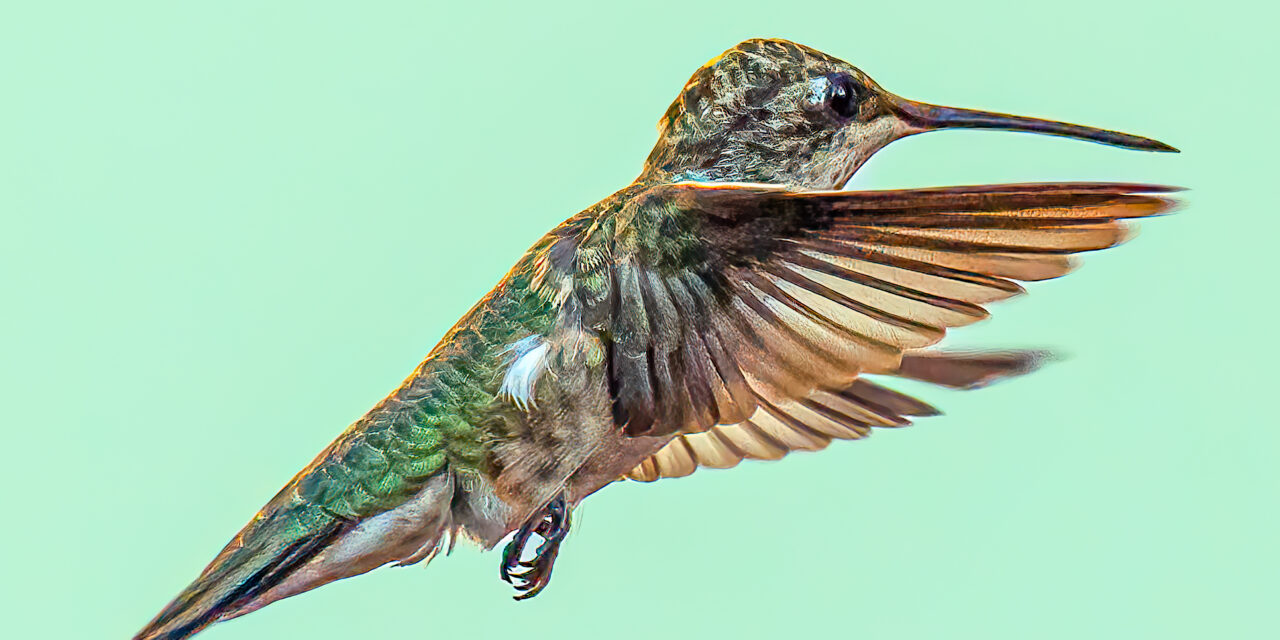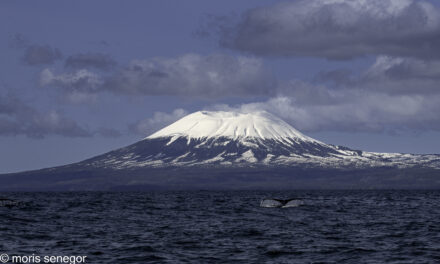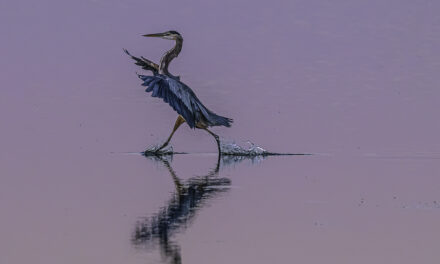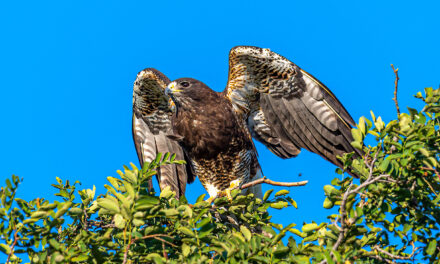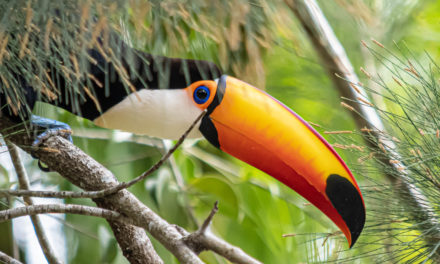The first time I ever photographed a hummingbird, it was a most exciting experience. The enlarged picture hung in my clinic examining room. It was a prized shot.
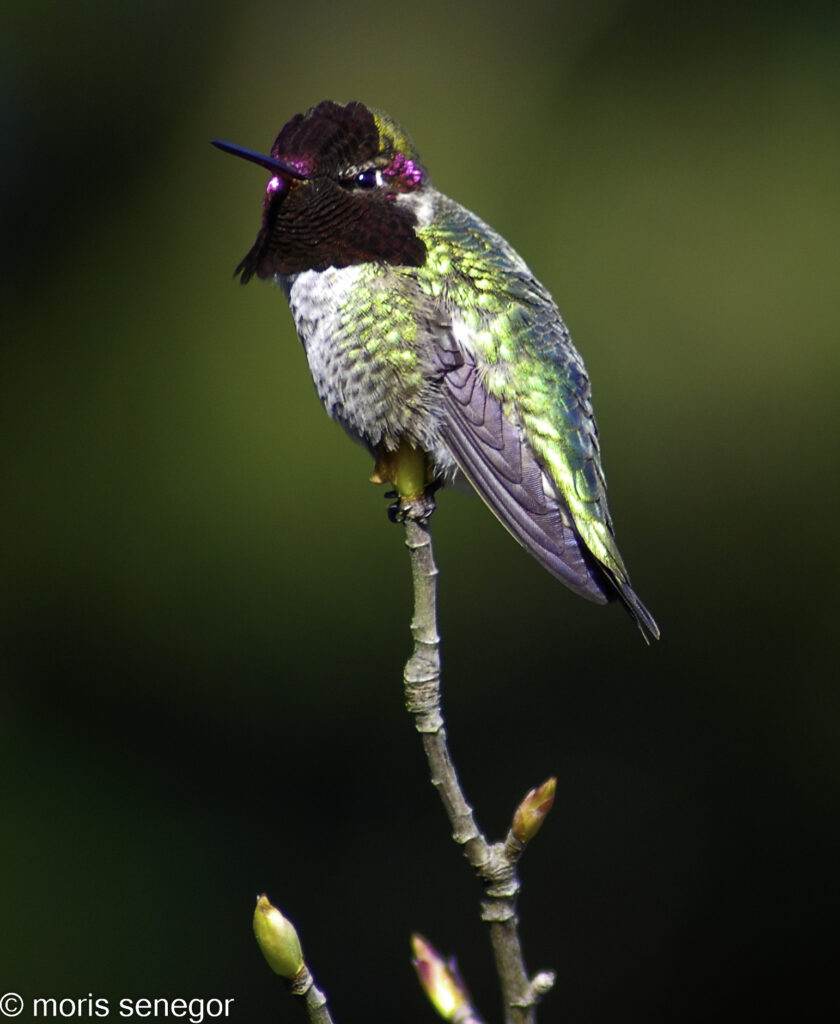
It happened in 2008 at the Legion of Honor Museum in San Francisco. As we were walking from the parking lot I saw the tiny bird perched on a nearby tree. I ran back to my car and fetched my camera, a Nikon DSLR with a 300 mm lens. When I came back, much to my dismay the bird was gone. But then, a few seconds later it returned. Typical hummingbird.
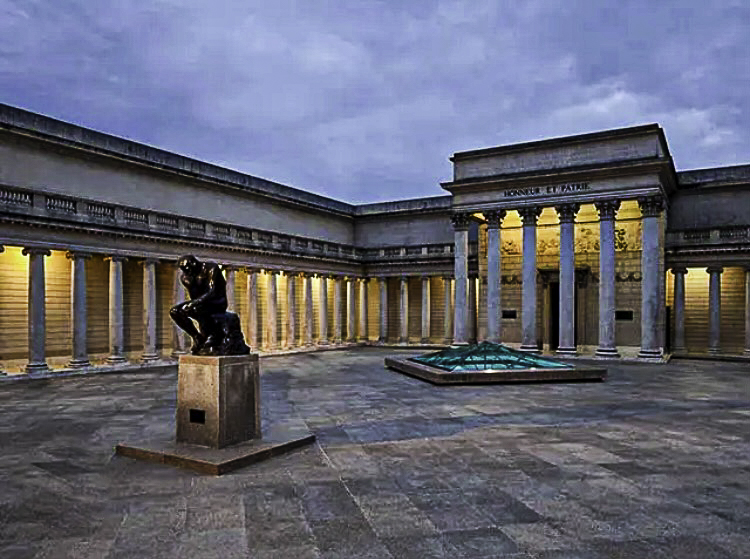
In the original photo the bird occupied a tiny bit of the frame, commensurate with its size. I had to severely crop the picture. Despite that, it enlarged well, the bird looking as if it was posing in a studio. My patients were fascinated by the picture, many discussing it with me along with their ailments. They couldn’t believe that a hummingbird would pose like that. Neither could I.
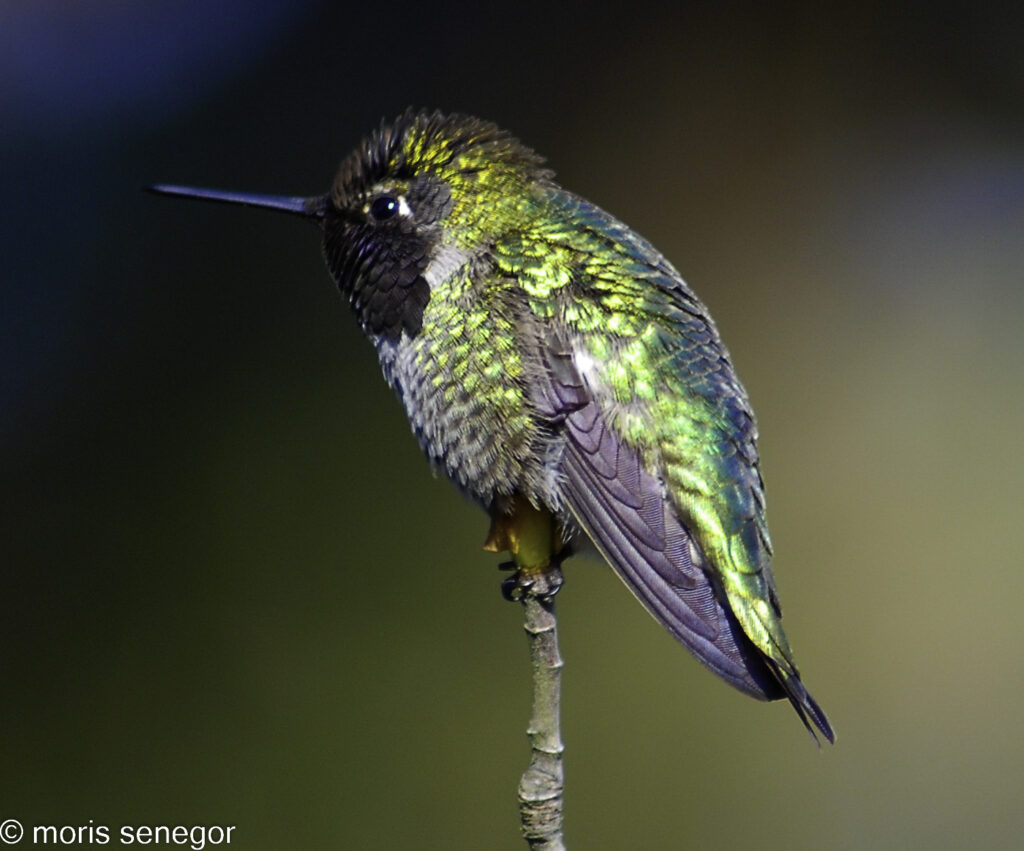
In those days I was not a wildlife photographer. I mainly shot landscapes and street photos. Regardless, I was proud of that hummingbird and thankful for the chance encounter that produced it. Little did I know that at some future time I would consider the photo to be inferior. Too soft, as serious photographers call it, not sharp enough in detail.
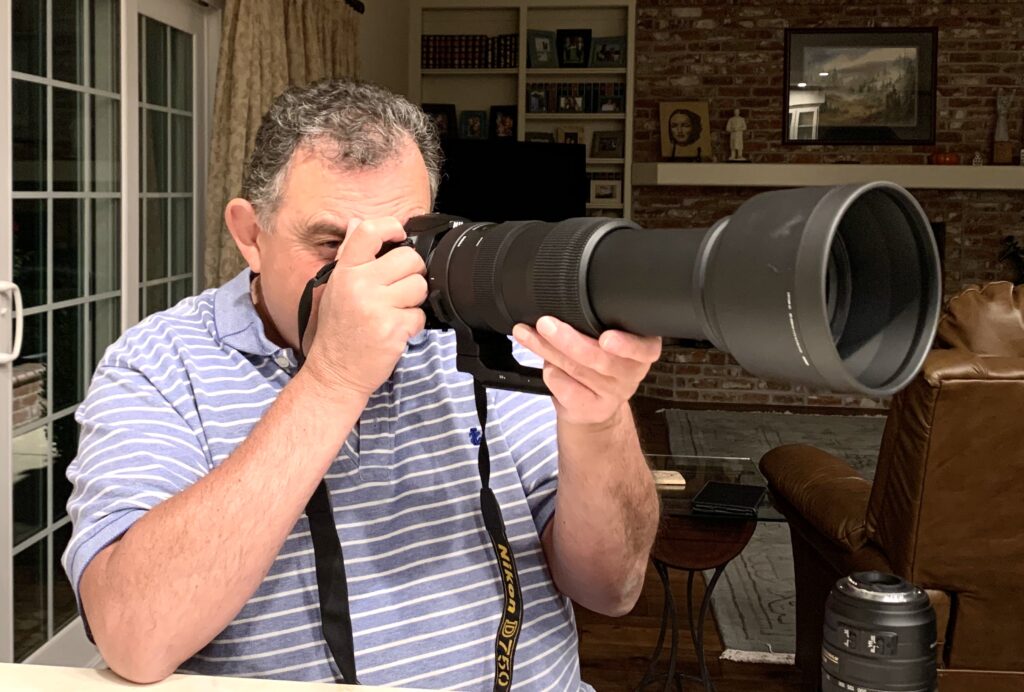
Fast forward to 2020. I was beginning to take up wildlife photography and had purchased a powerful Nikon 200-500 lens. But the rest of my gear was still basic; same old DSLR, shooting JPEG and using an antiquated version of Lightroom for post-processing. I heard that there were a lot of hummingbirds at Heritage Oak Winery in Lodi which is also a bird sanctuary.
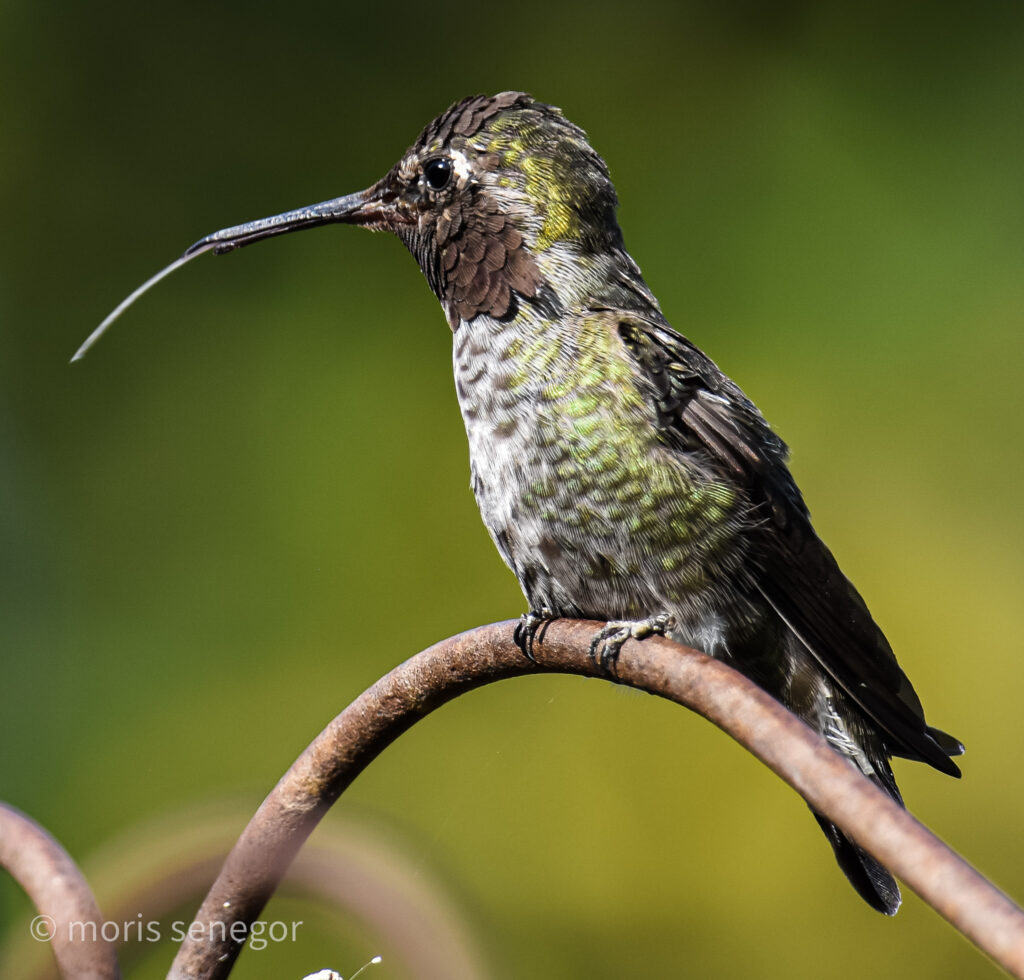
We went there and while Julie, my wife, tasted wine, I shot the busy birds. The results were astonishing. For the first time I had better quality shots, clear and sharp, than that first image in San Francisco. One in particular, a bird that kept sticking its tongue out, became my new most exciting photo.

It was time to explore hummingbirds in more depth. I asked Julie, to place hummingbird feeders in our backyard. She did and the birds came. Shooting them was frustrating. They flew fast and erratic. They arrived abruptly and departed fast, often before I could lock focus. They were easier to shoot while feeding since they stayed in the same position for a few seconds. But the feeders were ugly and I didn’t want them in my pictures. I preferred catching them in flight. Easier said than done.
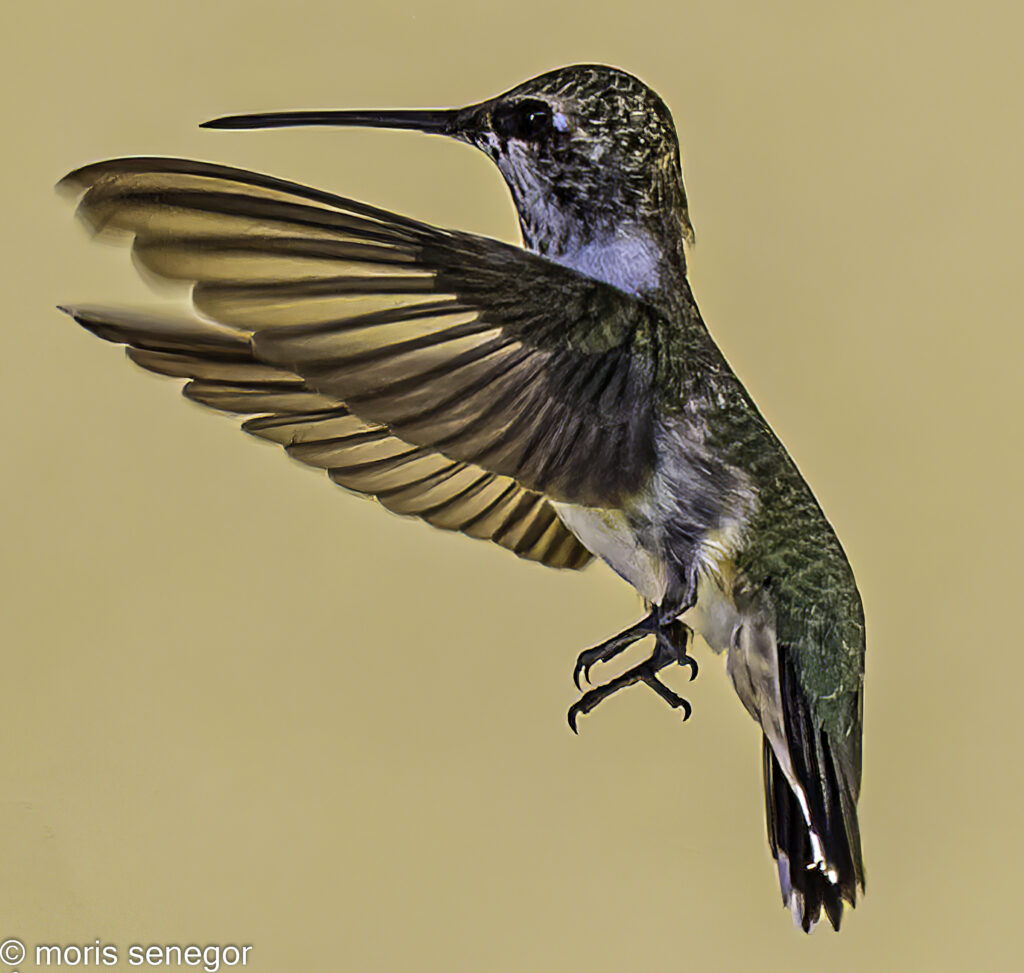
As time went on, I upgraded my gear, shooting RAW with a professional camera, a Nikon D6 and Sigma 60-600 lens. I improved my post-processing, subscribing to the latest updates in Lightroom and learning its nuances.
In the summer of 2022, we had a backyard barbecue with a few friends. A guest who happened to be a hummingbird enthusiast noticed a nearby feeder and asked me to shoot some photos of the birds flittering around. I did, and the results were astounding.
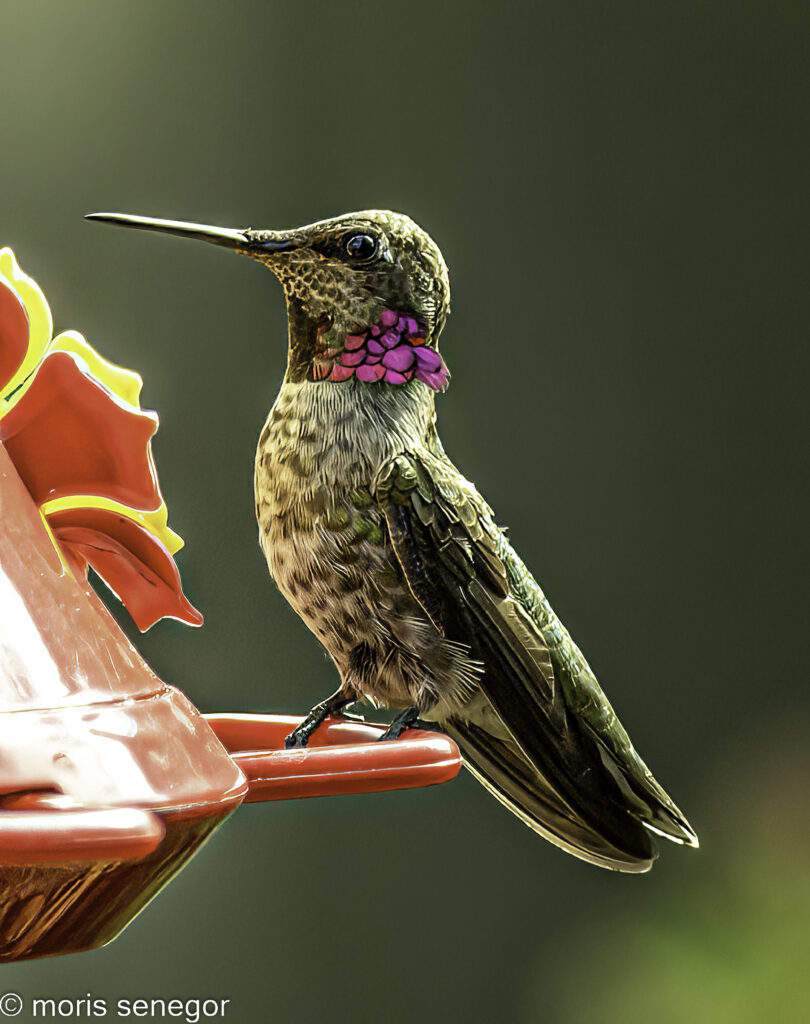
In one of those shots, I caught an Anna’s hummingbird perched at the feeder, eyeing my lens with a mischievous glare. It garnered enthusiastic reaction in Facebook, mostly from women. I discovered that women love hummingbirds.
A Facebook friend who saw the picture posed me a challenge: She asked for a hummingbird calendar. For years I’ve been making calendars filled with my best photos of the year and giving them away as Christmas presents. An avid fan of my calendars, this friend turned out to also be a hummingbird lover.
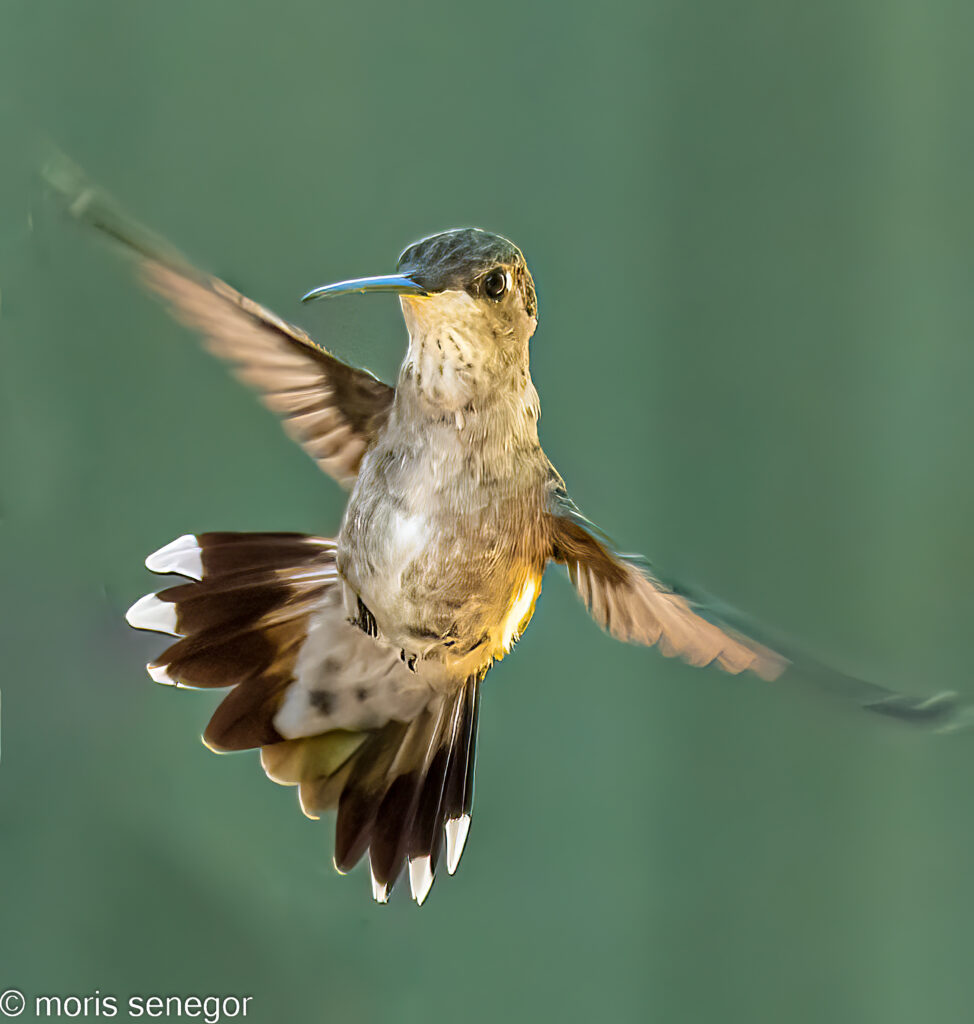
I was intrigued by her request, something I had previously considered impossible. Thirteen decent hummingbird shots? Could I manage that?
I began camping out in my backyard near one feeder or another, repeatedly experiencing the frustration of missed shots as the birds flew in and out. I also revisited Heritage Oak Winery.
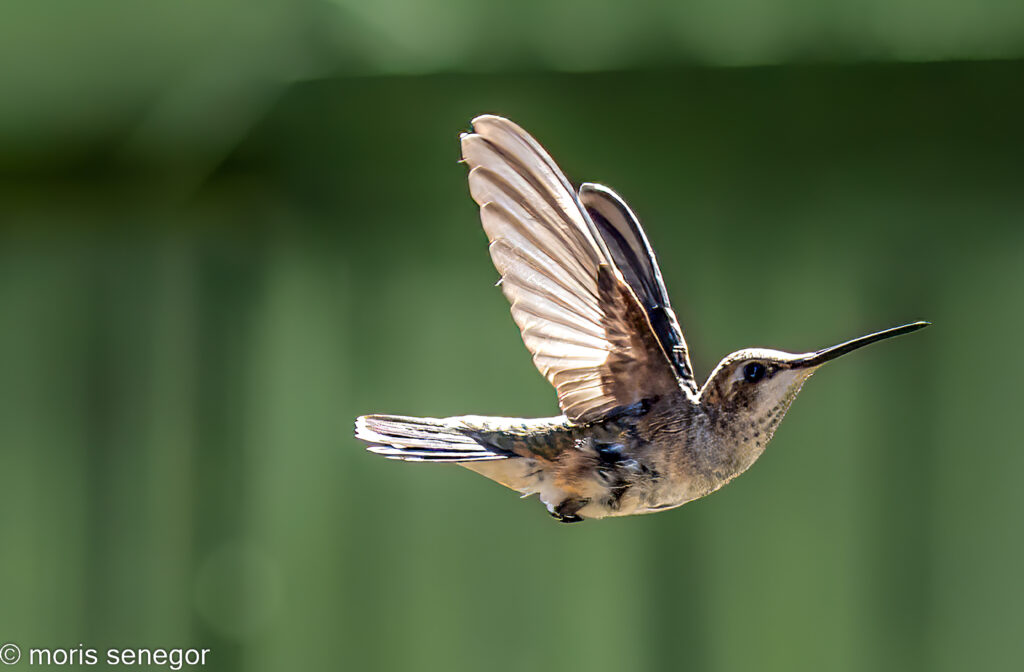
By now I had come to consider the bird perched at the feeder to be a “beginner” shot. They had to be in flight for the shots to be any good. With my D6 shooting at a rate of 14/sec, I eventually accumulated many such shots.

The birds were minuscule in their frames and the photos still required severe cropping, resulting in tiny pictures.
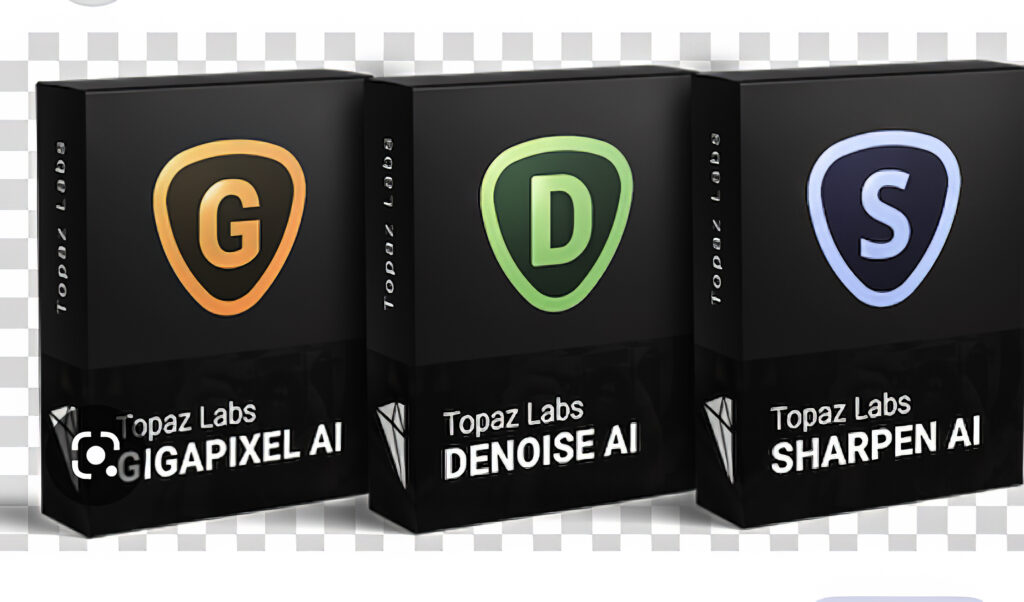
Topaz to the rescue.
An amazing AI program, Topaz not only sharpened the subjects but with its Gigapixel option, added pixels to the shots so that they enlarged to larger frame sizes.
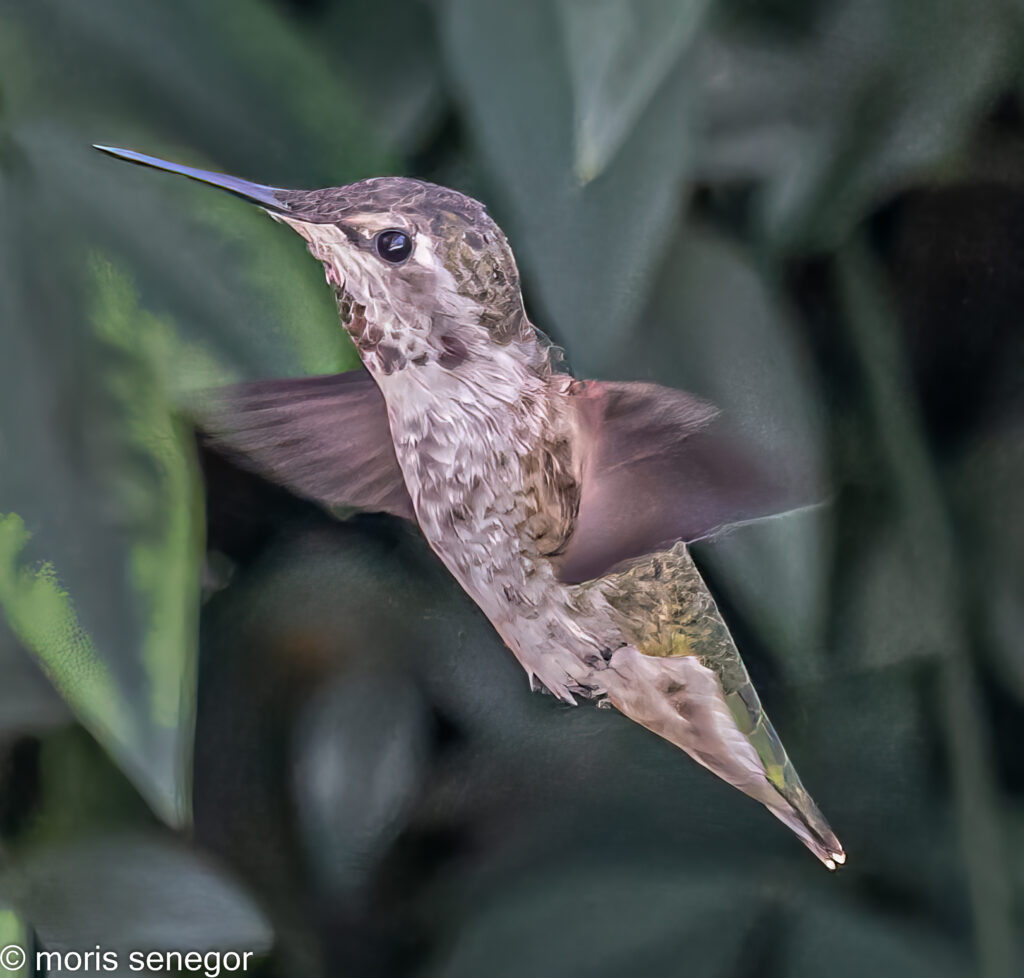
Between Lightroom and Topaz, and my slowly improving skill with birds in flight, I have now accomplished what I thought was impossible. The hummingbird calendar is assembled and ready to go. The photos I selected were from prior Heritage Oak shoots as well as my various backyard attempts.
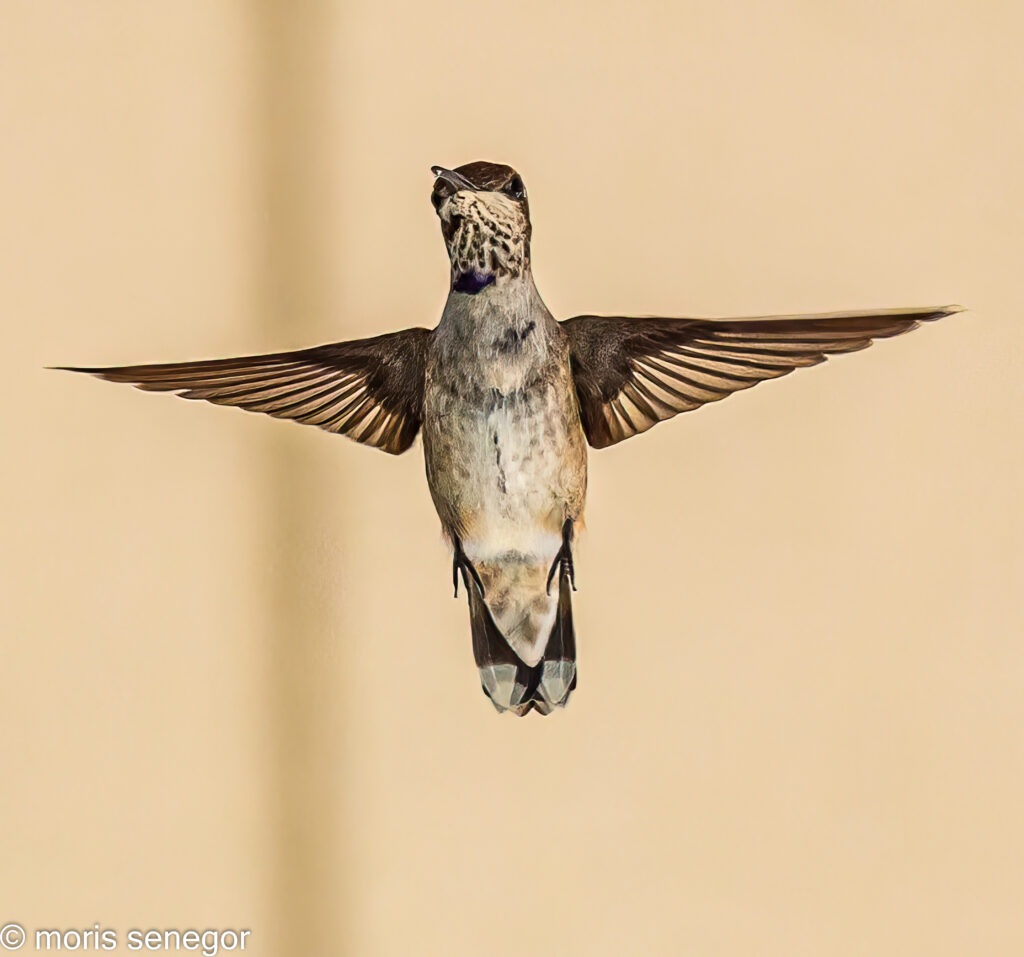
The journey from chance encounter with a basic camera to better planned, more professional shots was long and arduous. The results, most satisfying.
EPILOGUE:
After assembling my choice hummingbirds for the calendar, wouldn’t you know it? I had another chance encounter in San Francisco. In October 2022, while waiting for a full moon to shoot from Telegraph Hill, a tiny rufous hummingbird perched herself on a nearby tree. The moon never showed up, hidden behind thick coastal fog that shrouded the Bay. Instead, I returned home with some eighty shots of that bird.
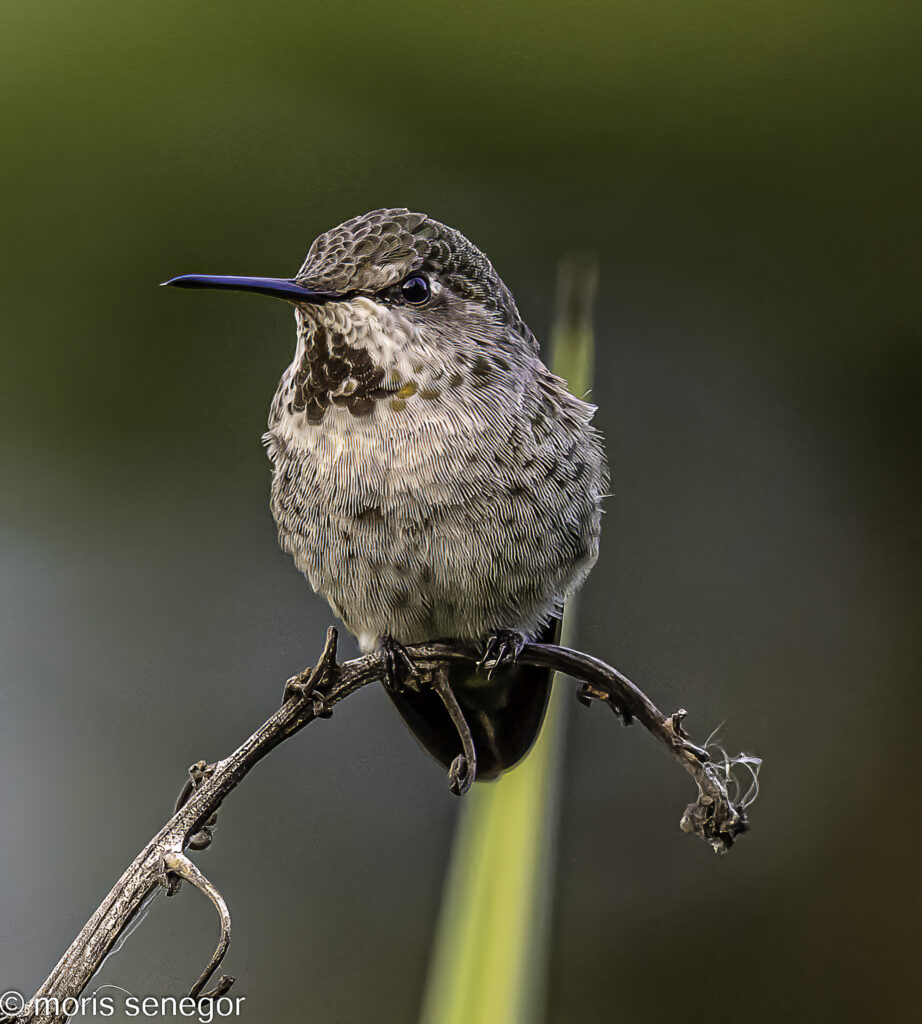
The original bird from 2008 is no longer good enough for my calendar, but this one is. I removed one of the winery birds to make room for her.

